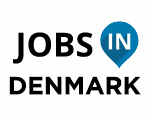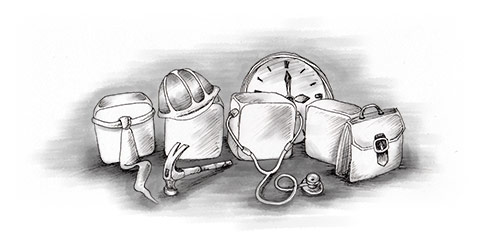The two most important documents for a job application in Denmark are a Curriculum Vitae (CV) and a job application. To some of you, this might sound quite obvious. But others may be tempted to call these documents a ‘resumée’ and a ‘cover letter’. Danes do not refer to these documents like this! So be sure to label these documents as your CV and your separate job application.
How to construct a Danish CV
A CV in Denmark should begin with your name, address and contact information. Next will be your business qualifications which should be relevant to the requirements listed in the job advert. At this point you should also state any relevant work experience you have that complement your business qualifications.
Your education history should include the name of your schools, where they are located, the dates you attended each school as well as the qualifications you left each school with. You should also mention any additional courses you have taken, such as language and IT courses. Extracurricular activities should get a brief mention, especially if they demonstrate leadership skills or any other desirable characteristics.
Your CV should end with your personal information including your date of birth, marital status, number of children, nationality and your work permit status if you have one. Following your personal information you should briefly outline your hobbies and interests, which should give your potential employer a general overview of what you are like as a person.
Lastly, keep your CV brief – it should not be longer than two pages of A4.
Writing a job application
Your job application is your chance to convince your potential employer that you are the most suitable candidate for the job. The job application should be detailed and descriptive, though its length should not exceed two pages of A4. You will need to list the reasons why you are the best person for the job and back these up with examples.
Application forms are rarely used for job vacancies in Denmark, so a CV and job application will be what is expected from you. Both documents should be word-processed and presented clearly.
Job interviews in Denmark
In terms of preparing yourself for a job interview in Denmark, there are not too many peculiarities.. The best way is to do some research into the company you are applying to – it’s history, current activities and future plans. Your research should be enough to let you respond to questions comfortably and to put you in a position to ask questions that will hopefully impress the interviewer. You should also be able to demonstrate that you are at least a little bit familiar with the Danish way of life, perhaps even using a few phrases of Danish.
The way a business operates will naturally vary between different companies but, as a general rule, the following factors remain the same:
- Punctuality
- Smart dress – men wear a suit and tie, women wear suits or a dress
- Good manners and politeness are extremely important
- Handshakes are the usual way to greet someone
Remember, the Danes work in a very egalitarian environment. They are more impressed by modesty and politeness than by over-confidence and assertiveness.
During the interview, the Danish employer is unlikely to include a lot of ‘small-talk’. It is more likely to be a direct, straight to the point affair, so listen carefully from the start. By all means ask questions, but you should never interrupt. You may also have to demonstrate your problem-solving skills on the spot.
It is rather unusual to receive a job offer after your first interview. If you are successful, expect to be invited back for a second and possibly third interview. The first interview is generally for the employer to get to know the applicant, with the second and third interviews being more orientated around matching the applicant to the job in question, perhaps by meeting other members of staff.


